For former Launch Pad finalist Alex Zanda Lee, inspiration comes from all manner of places – you just have to know how to look.
March 19th, 2012
“Inspiration can be found everywhere,” says designer Alex Zanda Lee. “All it requires is seeing things a bit differently.”
Working in the banking industry by day and designing furniture as a creative outlet, Lee describes his career path as being “a bit different from other designers.”
“While some of my colleagues like to do dance classes or yachting for fun, for me [it’s] building and making furniture and products,” he explains. “It is more a creative outlet than a career progression.”
Lee entered Launch Pad in 2010 with his Lady Elizabeth Standard Lamp, and in 2011 with his Belt Chair. The pieces garnered much attention, are in limited production and exhibited in various galleries.
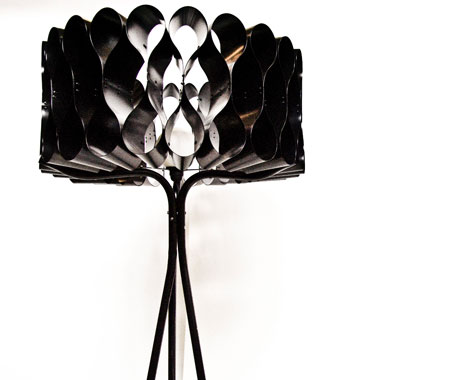
Lady Elizabeth Standard Lamp
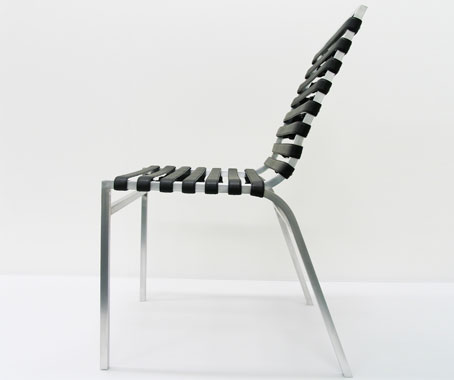
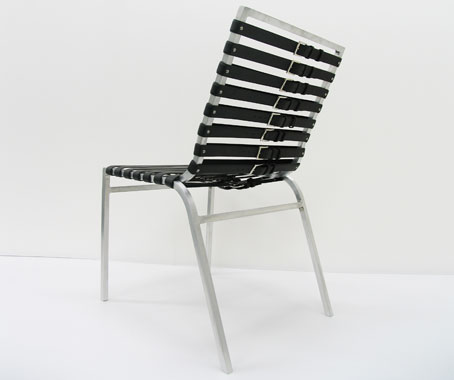
Belt Chair
2012, he says, should be an exciting year. “There are a few collaborative design projects I’m involved in, which I can’t say too much about now,” he explains.
Lee has experienced first-hand the positive impact of initiatives like Launch Pad which support emerging designers, and he emphasises the importance of “promoting dialogue between the industry and designer” in the Australian industry.
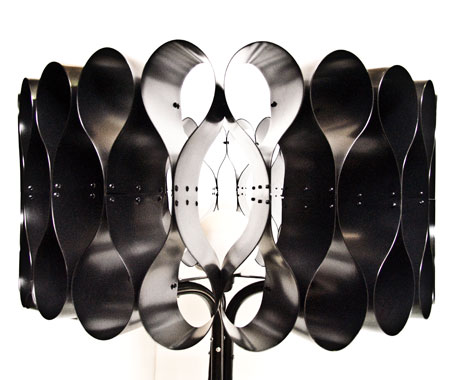
“The design market is still considered a niche market in Australia in comparison to Europe, where good design is a norm and demanded by the consumer, therefore creating more opportunities for the designer,” says Lee.
He remains positive about public perception of design, however – “from my personal observation,” he explains, “Australian public awareness of good design is slowly but surely growing.
INDESIGN is on instagram
Follow @indesignlive
A searchable and comprehensive guide for specifying leading products and their suppliers
Keep up to date with the latest and greatest from our industry BFF's!

It’s widely accepted that nature – the original, most accomplished design blueprint – cannot be improved upon. But the exclusive Crypton Leather range proves that it can undoubtedly be enhanced, augmented and extended, signalling a new era of limitless organic materiality.

How can design empower the individual in a workplace transforming from a place to an activity? Here, Design Director Joel Sampson reveals how prioritising human needs – including agency, privacy, pause and connection – and leveraging responsive spatial solutions like the Herman Miller Bay Work Pod is key to crafting engaging and radically inclusive hybrid environments.

Gaggenau’s understated appliance fuses a carefully calibrated aesthetic of deliberate subtraction with an intuitive dynamism of culinary fluidity, unveiling a delightfully unrestricted spectrum of high-performing creativity.

The American Hardwood Export Council and Tom Fereday recently launched External Review – a reflection of the Cove Lounge’s design process, from start to finish.

Italian light mavens iGuzzini bring lighting to the future with the recent Sydney launch of the Laser Blade XS.
The internet never sleeps! Here's the stuff you might have missed
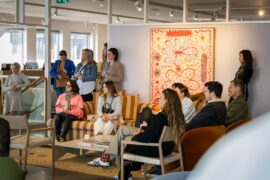
Following the first release of exhibitors, this second instalment brings together another set of brands spanning furniture, finishes, lighting and flooring, confirmed to take part in Melbourne this September.

In this mesmerising collection of hand-tufted rugs and carpets, Tappeti masterfully articulates the ephemeral feeling of inner bliss through a woven cartography of bespoke landscapes that unfurl into an idyllic underfoot paradise.
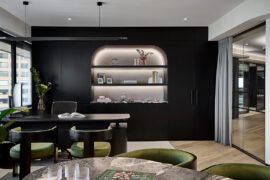
Setting the tone for McCormack’s HQ is Elton Group’s Eveneer WoodWall and Eveneer Raw in Ravenna – wrapping walls, ceilings and bespoke joinery in a dark, matte elegance. The seamless pairing delivers a cohesive, high-performance finish that anchors Studio 103’s luxurious, hotel-inspired workplace design.